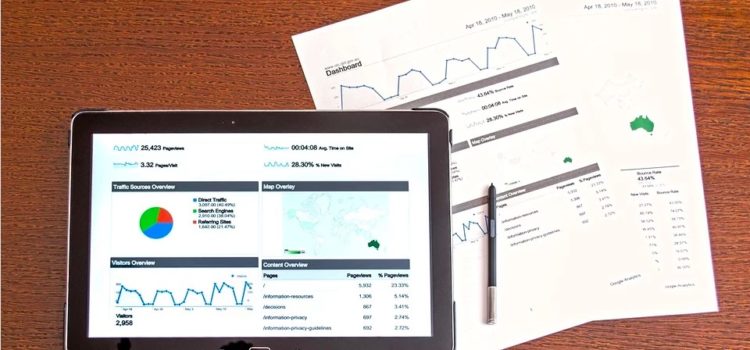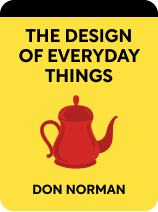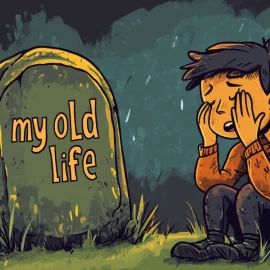

This article is an excerpt from the Shortform book guide to "The Design of Everyday Things" by Don Norman. Shortform has the world's best summaries and analyses of books you should be reading.
Like this article? Sign up for a free trial here .
What is user behavior? How can user behavior ideas create better designs?
User behavior explains the way people interact with objects or interfaces. Understanding user behavior and the psychology behind it can help you create more user-friendly designs.
Read more about user behavior and how it factors into design.
Making Sense of User Behavior
We know that user behavior can be either event-driven or goal-driven, and that it can be broken down into seven stages of action. But what happens when something goes wrong? How do we explain what happened?
For designers, understanding the way users think about their interactions with technology is important for creating a positive user experience. It is not enough to know how something works on a technical level—we need to understand how the user thinks the object works, and how they explain what happened if something goes wrong, since these are important factors in determining how people respond to technology. For designers and non-designers alike, understanding the biases that shape our own stories helps us make sense of our encounters with bad design.
Causes of UX Behavior
To understand the way people think about their interactions with technology, we need to distinguish between a user’s overarching goal and the smaller subgoals and actions that lead up to it. Norman quotes Harvard Business School professor Theodore Levitt as an example, who said, “People don’t want to buy a quarter-inch drill. They want a quarter-inch hole!” However, it’s unlikely that anyone actually wants a quarter-inch hole in their wall just for fun. Instead, drilling a hole is most likely a subgoal leading up to a larger goal of mounting something on the wall.
Determining the overall goal of a UX behavior is important because it gives designers a better idea of what users really want. If you’re designing in response to someone buying a drill, you’ll keep making new kinds of drills. If you’re designing in response to someone wanting to hang a shelf, you might come up with a new adhesive that allows the user to mount shelves directly on their wall, without drilling holes. You’ve addressed their real need and simplified the process of meeting it.
Root Cause Analysis
To find the original, overarching goal of a user behavior, we use a process called root cause analysis. Essentially, we keep asking “why?” about a behavior until there is no further answer. In the drill example, the process of root cause analysis would start with asking, “Why does this person want to buy a drill?,” followed by “Why do they need to put a hole in the wall?” until we reached the conclusion that “They want to hang up a shelf.” But we could push this even further by asking why they want to hang a shelf in the first place. Do they have too many books? Are they running out of floor space? Are the walls empty and boring? This gives designers more intervention points to come up with solutions to meet users’ needs.
One of the lessons of root cause analysis is that every action has either an external or internal cause. When an internal goal causes a certain action, we call this goal-driven UX behavior. When an outside event or a condition of our environment causes an action, we call this event-driven behavior. Event-driven behaviors are often opportunistic action, or behavior that arises in response to unexpected events.
- For example, if your goal is to do well on an academic exam, the action of studying would be a goal-driven behavior. If you’re trying to study in a noisy environment and reach for a pair of earplugs, that would be an event-driven behavior.
The example above shows how event-driven and goal-driven behavior can be intertwined, since the event-driven behavior (putting in earplugs) only occurs as part of the goal-driven behavior (studying). Designers need to be aware of the differences between event-driven and goal-driven behaviors in order to design for the user’s actual needs. In the studying example, focusing on designing better earplugs focuses only on the external factors. Redesigning the entire environment to be more conducive to the internal goal of studying would address both the internal and external causes, ultimately creating an even better user experience overall.

———End of Preview———
Like what you just read? Read the rest of the world's best book summary and analysis of Don Norman's "The Design of Everyday Things" at Shortform .
Here's what you'll find in our full The Design of Everyday Things summary :
- How psychology plays a part in the design of objects you encounter daily
- Why pushing a door that was meant to be pulled isn't your fault
- How bad design leads to more human errors






